Teeth reduction in piglets: What can be done to avoid it?
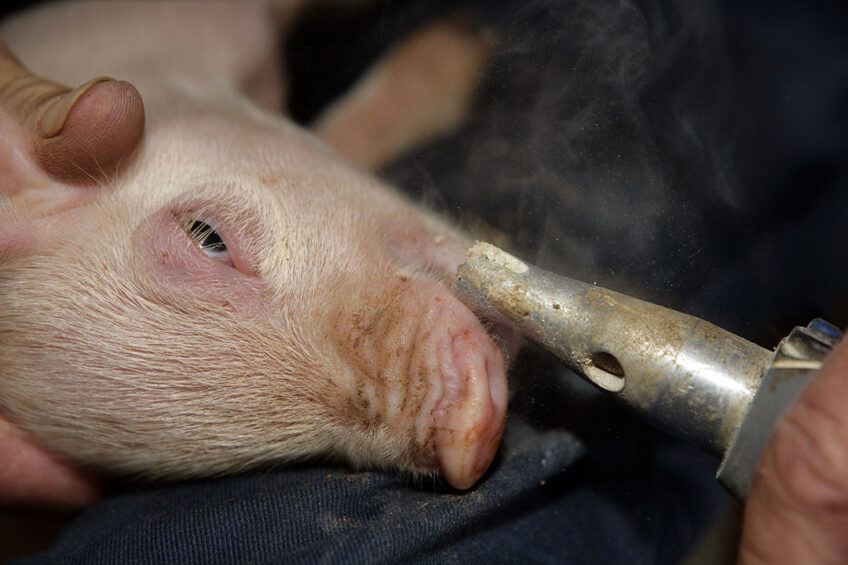
When it comes to piglet “procedures”, the most common subjects are tail docking and castration, but there are not as many discussions on teeth reduction in piglets. Resecting teeth routinely is also a practice that has been forbidden in the European Union since 2008. How can producers be helped to stop doing teeth reduction?
Teeth reduction is a procedure that is commonly performed on piglets within the first two days of their life. The tip of their needle teeth (i.e. their canine and third incisor teeth in each quarter of the mouth, sometimes also called “corner teeth”) is flattened by using either clippers or a rotating grindstone. This procedure requires restraint of the piglet while keeping its mouth open, which is stressful for both the piglet and stockperson.
The reduction of teeth can also cause pain, teeth/gum lesions and sometimes deeper tissue damage in the dental pulp, which may have long-term consequences on piglet health, welfare and performance. If teeth reduction is not performed carefully, teeth and gum injuries can create a route for bacterial infection. This is also associated with a higher risk of mastitis in sows. As for tail docking, the European legislation (Council Directive 2008/120/EC) forbids routine teeth reduction, so it is time to learn how to stop.
Why is teeth reduction performed in piglets?
Teeth reduction happens because of the injury caused to piglet faces and sow udders (or teats) by the needle teeth. Injuries to piglet faces are likely due to their competition for teat access during the sow’s milk let-down. This is caled “teat fight”, and injuries to the sow’s udder can be because piglets sometimes over-suckle. Compared to the prevalence of tail biting, which is related to tail docking, there is not sufficient knowledge on the prevalence of these types of lesion.
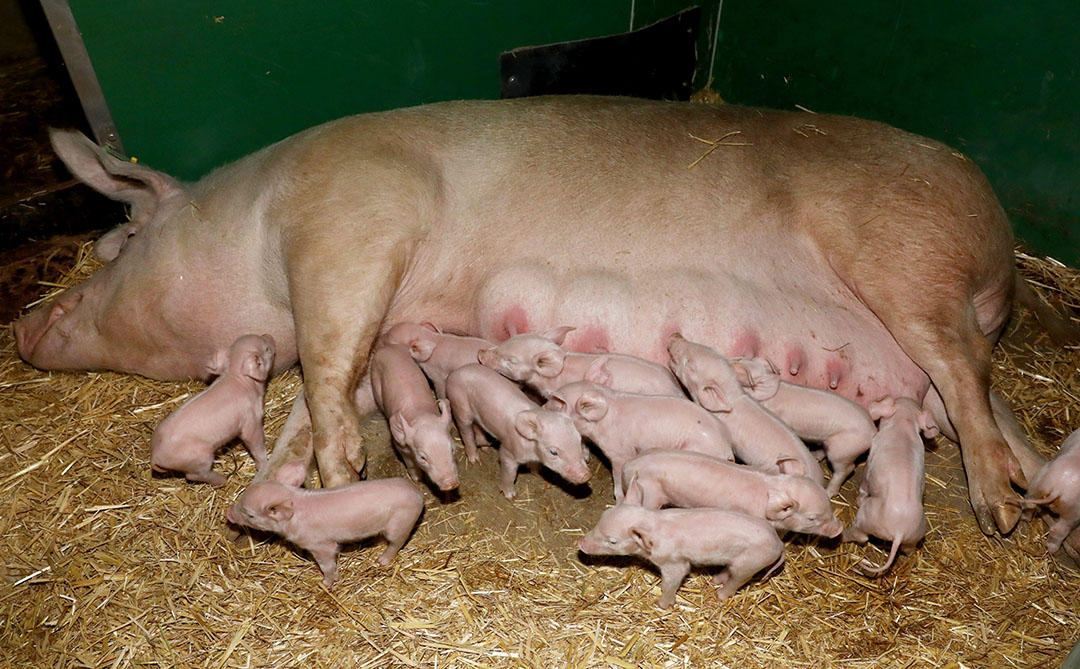
What are the risk factors?
Teat fight is actually a natural part of a newborn piglet’s life. Some studies observed teat fights among piglets raised in a semi-natural environment, but not to the level that causes injury. What, then, are the factors on farms that may increase the risk of these injuries occurring?
A recent study by a group of scientists in Europe and the USA* reviewed the existing scientific literature in order to understand what research says on this subject. They found that most studies only investigated the effect of whether or not the piglet’s teeth are reduced. The housing system is the second most common factor studied.
Piglets raised in free farrowing or multi-suckling pens have fewer facial lesions. Similarly, sows housed in free farrowing or multi-suckling pens have a lower risk of teat injury and, in pens with a larger space allowance, the risk is even lower.
This is not difficult to imagine, because if the sow has more freedom of movement she can more easily prevent over-suckling from the piglets. It is worth noting that the quality of the floor can also influence the risk of sow udder injury, as she may accidentally scratch her own udder while trying to stand up if the floor is slippery.
Larger litter size
Teat fight may also get worse when either the sow’s limited milk needs to be shared among more piglets, or when the sow’s milking ability decreases. Unsurprisingly, some studies found that a larger litter size increases the risk of these injuries.
On the other hand, there is no study investigating how the sow’s milk quality and milking ability can affect the risk of piglet facial and sow teat lesions. Only one study found that when the piglets were given milk replacer, they had fewer lesions on their snouts, although the amount of teat fights remained the same.
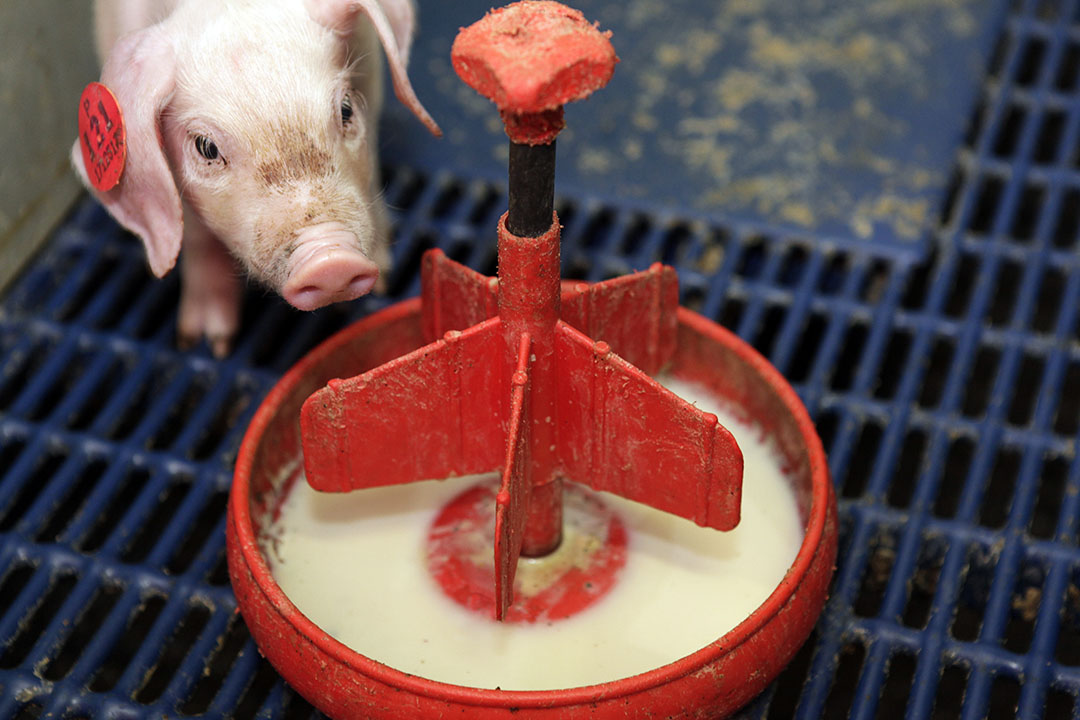
Some tips to prevent injury
Clearly, there is a need for more research to help better understand the risk factors behind piglet facial and sow udder lesions. However, it is equally valuable to know what ideas and strategies the pig industry can offer to tackle this issue.
The same authors also conducted an online survey targeting pig industry stakeholders worldwide. They asked respondents how severe the problem of piglet facial and sow teat lesion is on their farms. Other questions were what strategies they use to address it and other questions related to teeth reduction. Of 75 responses from 17 countries, half said the problem is manageable without needing to change their management practices. Some said they have never had this problem. In addition, only half of the respondents practise teeth reduction. Instead, below are the most common measures they tried and considered useful:
Selecting good mothering traits;
Improving sow nutrition and water intake during farrowing;
Conducting farrowing checks more frequently;
Providing piglets with nutritional supplementation earlier on;
Avoiding large litters;
Using nurse sows; and
Using environmental enrichment for the lactating sows and suckling piglets.
Adequate cross-fostering/split-suckling is also used as a solution, but it should be noted that studies showed conflicting results on how cross-fostering can affect the occurrence of piglet facial injuries, as teat fights may increase when new piglets are introduced to a litter. Cross-fostering should therefore be used with care and caution to avoid negative consequences.
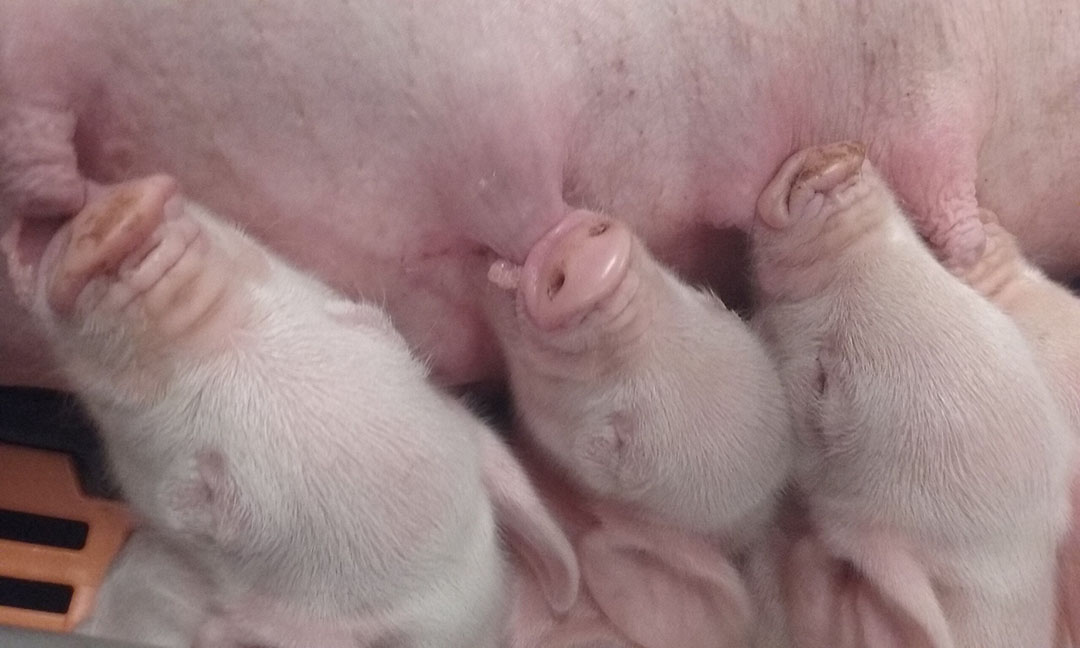
A win–win for piglets and sows
This survey shows that the industry can take the lead in finding practical solutions and avoiding piglet procedures. Future research needs to consider what farmers do now. It also needs to provide scientific evidence to develop clear solutions for reducing piglet face and sow udder injury.
Indeed, many of the solutions can be beneficial for overall farrowing house management. It can also improve productivity, health and welfare of the farrowing and lactating sows. As the respondents also reported, many farms give their staff a wide range of training opportunities. These include sow feed adjustment, assisting farrowing, learning farrowing sow behaviour, counting teats and monitoring milk production. This will be a win–win to improve farrowing sow management and reduce procedures that need to be done on piglets.
 Beheer
Beheer

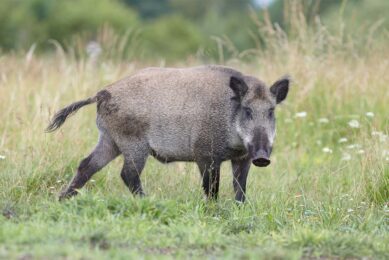
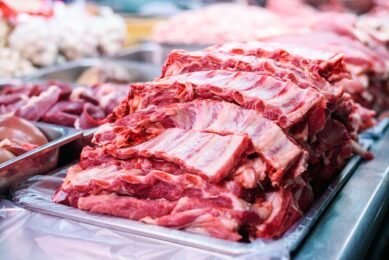

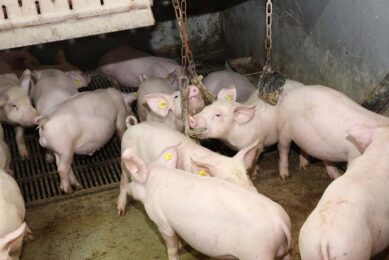



 WP Admin
WP Admin  Bewerk bericht
Bewerk bericht